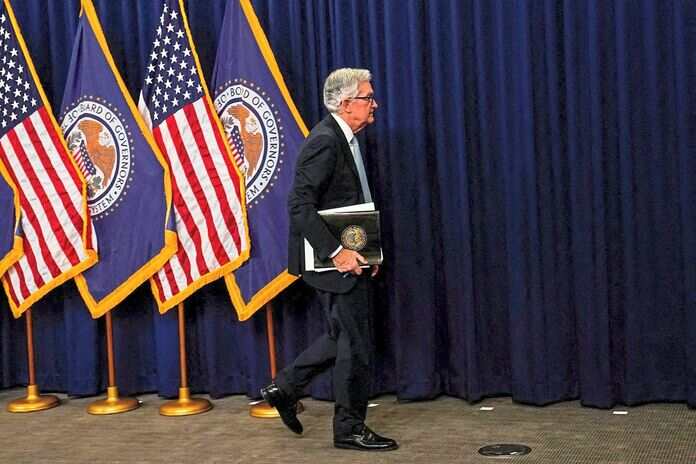The Federal Reserve’s favored inflation gauge, the personal consumption expenditures (PCE) price index, has shown further signs of cooling, suggesting that the central bank may soon begin lowering its key interest rate. The Commerce Department reported that prices rose by just 0.2% from June to July, slightly up from a 0.1% increase the previous month. Year-over-year inflation remained steady at 2.5%, edging closer to the Fed’s 2% target. As inflation pressures ease, many are anticipating a shift in the Fed’s monetary policy strategy.
Steady Inflation Decline Signals Shift in Fed Strategy
For over a year, the Federal Reserve has been battling high inflation with a series of aggressive interest rate hikes. However, recent data indicates that these efforts may be paying off, as the PCE price index reflects a steady decline in inflation. The current inflation rate of 2.5% is a significant drop from the 7.1% peak seen in June 2022, the highest level in four decades.
Core inflation, which excludes volatile food and energy prices, also showed signs of stability. It increased by 0.2% from June to July, the same as in the previous month, and held steady at 2.6% year-over-year. Economists often focus on core inflation as it provides a clearer picture of underlying inflation trends.
Federal Reserve Chair Jerome Powell recently addressed the inflation surge that began in 2021, attributing it to a combination of reduced supply due to the pandemic and heightened consumer demand fueled by federal stimulus checks. With inflation now showing signs of moderation, Powell indicated that the Fed might soon pivot from its inflation-fighting stance to a more accommodative policy.
Rate Cuts on the Horizon: What to Expect
The cooling of inflation has fueled speculation that the Federal Reserve may cut interest rates for the first time in over four years at its upcoming meeting on September 17-18. The Fed’s benchmark interest rate currently stands at 5.3%, and economists widely expect a reduction of at least a quarter-point. Lowering interest rates would reduce borrowing costs for consumers and businesses, potentially providing a boost to the economy.
Ben Ayers, a senior economist at Nationwide, noted in a recent research note that “the end of the Fed’s inflation fight is coming into view.” He added that the further cooling of inflation could allow the Fed to be more aggressive with rate cuts in the coming months, depending on how the economic data unfolds.
Consumer Spending Remains Robust
Despite the decline in inflation, consumer spending continues to drive the U.S. economy forward. The report showed that Americans increased their spending by 0.5% from June to July, up from a 0.3% increase in the previous month. This strong consumer activity is a positive sign for the economy, indicating that households are still willing to spend, even as inflation cools.
However, the report also highlighted a decline in the savings rate, which dropped to 2.9%, the lowest level since the early months of the pandemic. This decrease in savings suggests that consumers may need to scale back their spending in the near future, potentially slowing economic growth.
Why the Fed Favors the PCE Index
The Federal Reserve prefers the PCE price index over the more well-known consumer price index (CPI) because the PCE accounts for changes in consumer behavior when prices rise. For example, it captures instances where consumers switch from higher-priced national brands to more affordable store brands. Additionally, the PCE index generally shows a lower inflation rate than the CPI, partly because it gives less weight to rent, which has been a significant driver of inflation.
The cooling inflation and strong economic growth provide the Federal Reserve with a more favorable backdrop as it considers its next steps. On Thursday, the government revised its estimate of growth in the April-June quarter to an annual rate of 3%, up from 2.8%. This upward revision indicates that the economy remains resilient despite the Fed’s efforts to tame inflation.
Conclusion: Preparing for the Fed’s Next Move
With inflation showing clear signs of moderation, the Federal Reserve is likely to shift its focus towards supporting economic growth. As the central bank prepares for its upcoming meeting, investors and consumers alike are watching closely to see if the Fed will indeed begin cutting rates. The easing of inflation pressures, coupled with robust consumer spending, suggests that the U.S. economy is on a more stable footing, paving the way for potential interest rate cuts in the near future.
Featured Image: Freepik









